Growing Automotive Aftermarket
The Automotive Alloy Wheel Market is bolstered by the expanding automotive aftermarket. As vehicle ownership increases, so does the demand for aftermarket modifications, including alloy wheel upgrades. Consumers are increasingly seeking to personalize their vehicles, and alloy wheels are a popular choice due to their aesthetic appeal and performance benefits. The aftermarket segment is projected to grow at a CAGR of 7% over the next few years, driven by the rising trend of vehicle customization. This growth presents a lucrative opportunity for manufacturers and retailers within the alloy wheel market, as they cater to the evolving preferences of consumers.
Rising Demand for Fuel Efficiency
The Automotive Alloy Wheel Market is significantly influenced by the increasing demand for fuel-efficient vehicles. Alloy wheels, being lighter than their steel counterparts, contribute to reduced vehicle weight, which in turn enhances fuel efficiency. As consumers become more environmentally conscious, the preference for vehicles that offer better mileage is on the rise. This trend is reflected in the automotive sector, where manufacturers are increasingly incorporating alloy wheels into their designs. The market for alloy wheels is expected to expand as automakers respond to consumer preferences, potentially leading to a market growth rate of around 6% in the coming years.
Increased Focus on Vehicle Performance
The Automotive Alloy Wheel Market is witnessing a heightened focus on vehicle performance, which is driving the demand for high-quality alloy wheels. Performance-oriented consumers are increasingly aware of how wheel materials affect handling, braking, and overall driving experience. Alloy wheels, known for their strength and lightweight properties, are preferred by enthusiasts and everyday drivers alike. This trend is likely to propel the market forward, as manufacturers innovate to produce wheels that not only enhance performance but also meet aesthetic standards. The performance segment of the alloy wheel market is anticipated to grow by approximately 5% annually, reflecting the industry's responsiveness to consumer demands.
Regulatory Support for Lightweight Vehicles
The Automotive Alloy Wheel Market is positively impacted by regulatory support aimed at promoting lightweight vehicles. Governments are implementing policies that encourage the use of lighter materials in automotive manufacturing to improve fuel efficiency and reduce emissions. Alloy wheels, being a key component in achieving these objectives, are likely to see increased adoption as manufacturers comply with these regulations. This supportive regulatory environment is expected to drive market growth, with projections indicating a potential increase in demand for alloy wheels by 4% annually. As regulations evolve, the industry must adapt to maintain compliance while meeting consumer expectations.
Technological Advancements in Manufacturing
The Automotive Alloy Wheel Market is experiencing a surge in technological advancements that enhance manufacturing processes. Innovations such as computer-aided design (CAD) and advanced casting techniques are streamlining production, resulting in higher precision and reduced waste. These advancements not only improve the quality of alloy wheels but also lower production costs, making them more accessible to consumers. As a result, the market is projected to grow at a compound annual growth rate (CAGR) of approximately 5% over the next five years. This growth is indicative of the industry's ability to adapt to new technologies, which is crucial for maintaining competitiveness in a rapidly evolving automotive landscape.
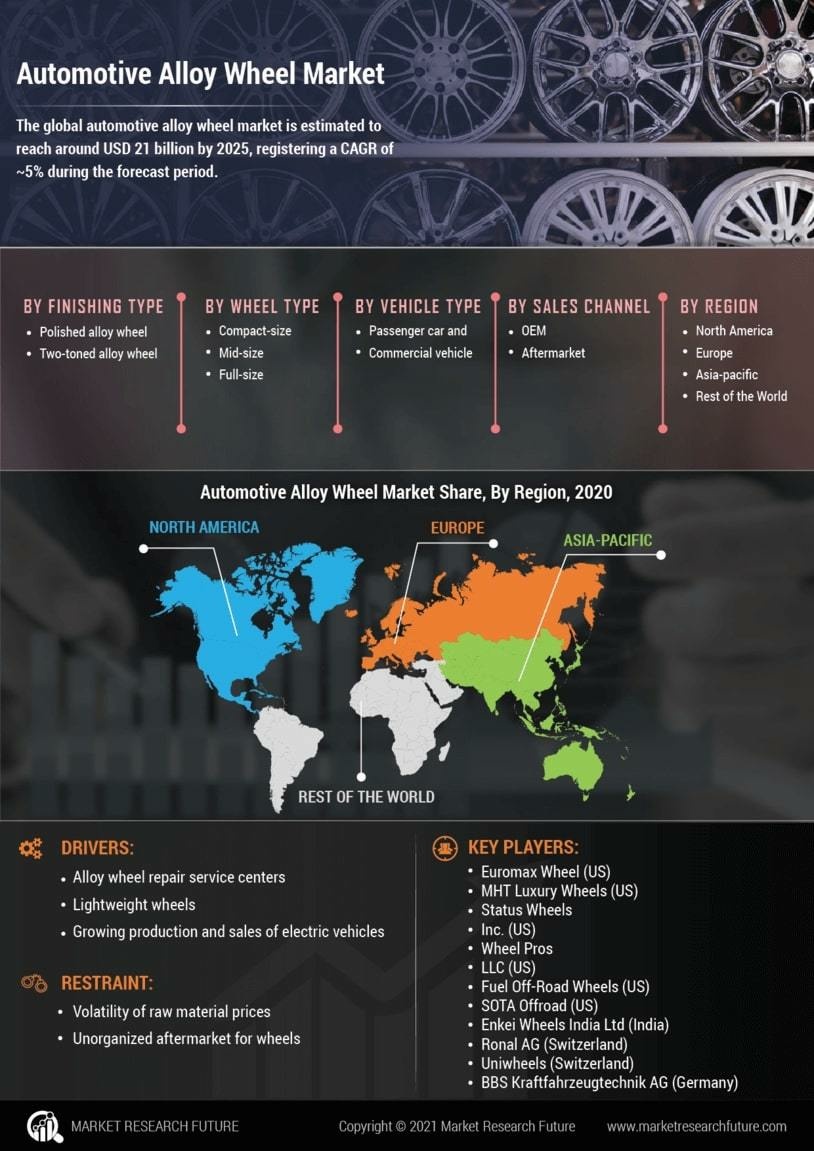

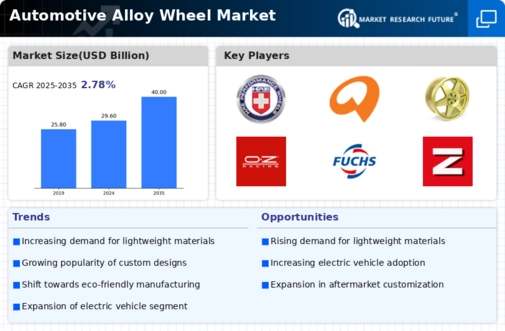
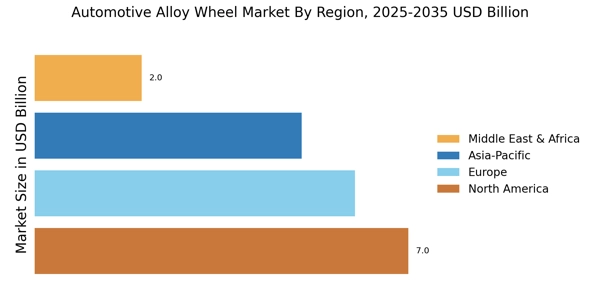

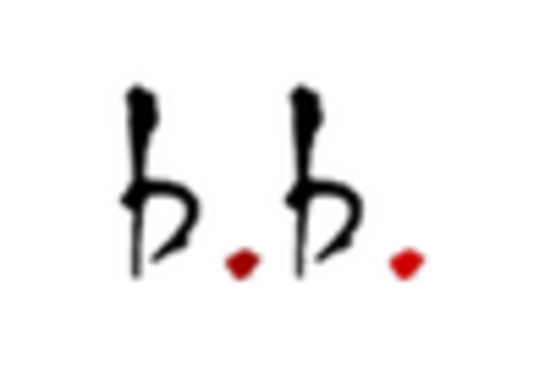
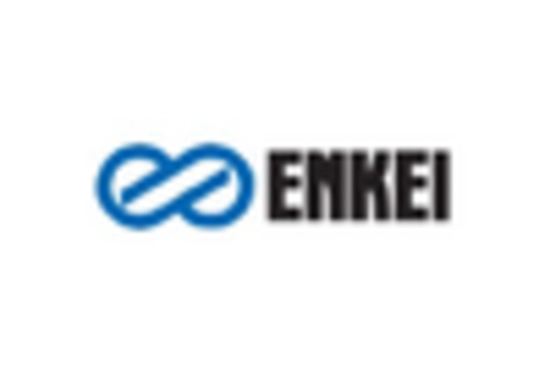

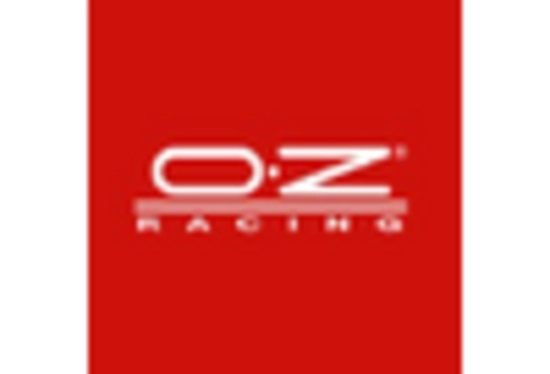
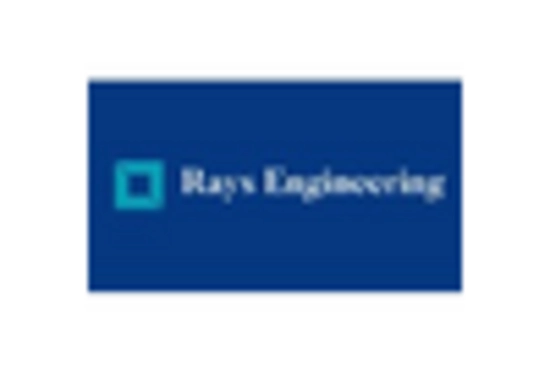








Leave a Comment